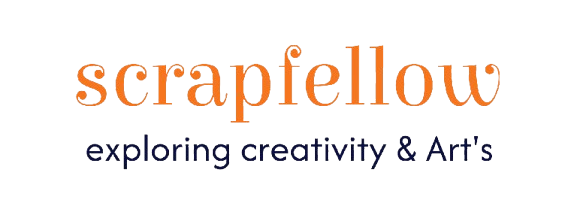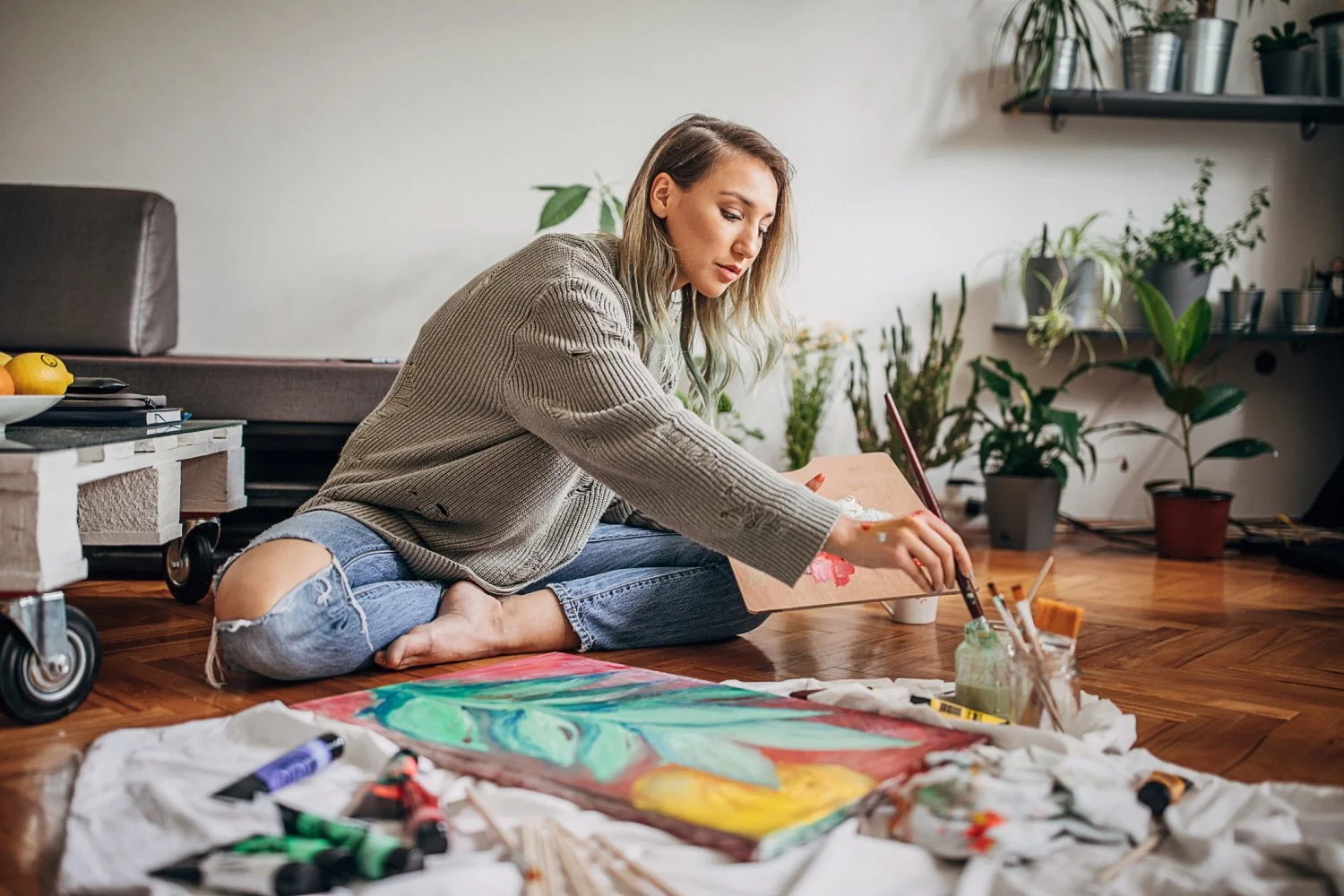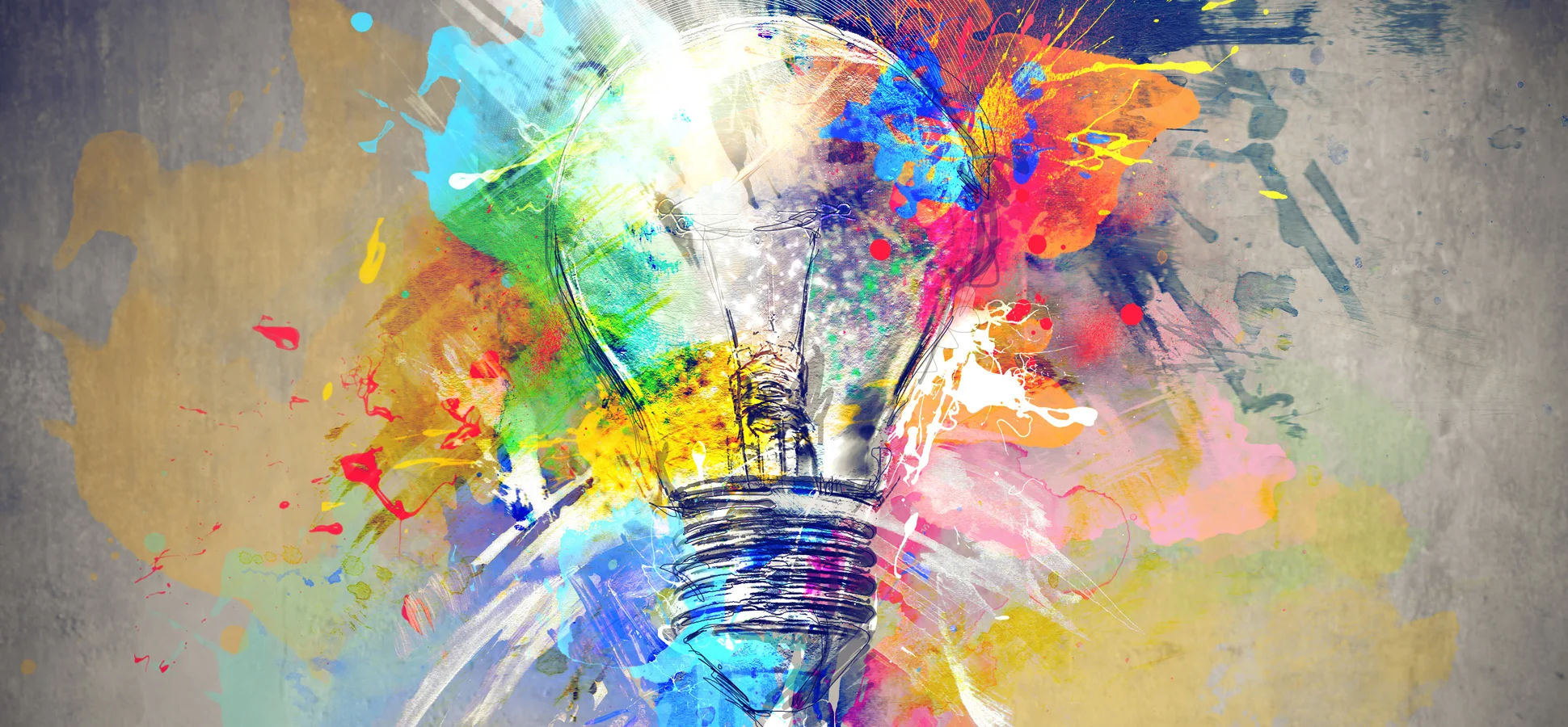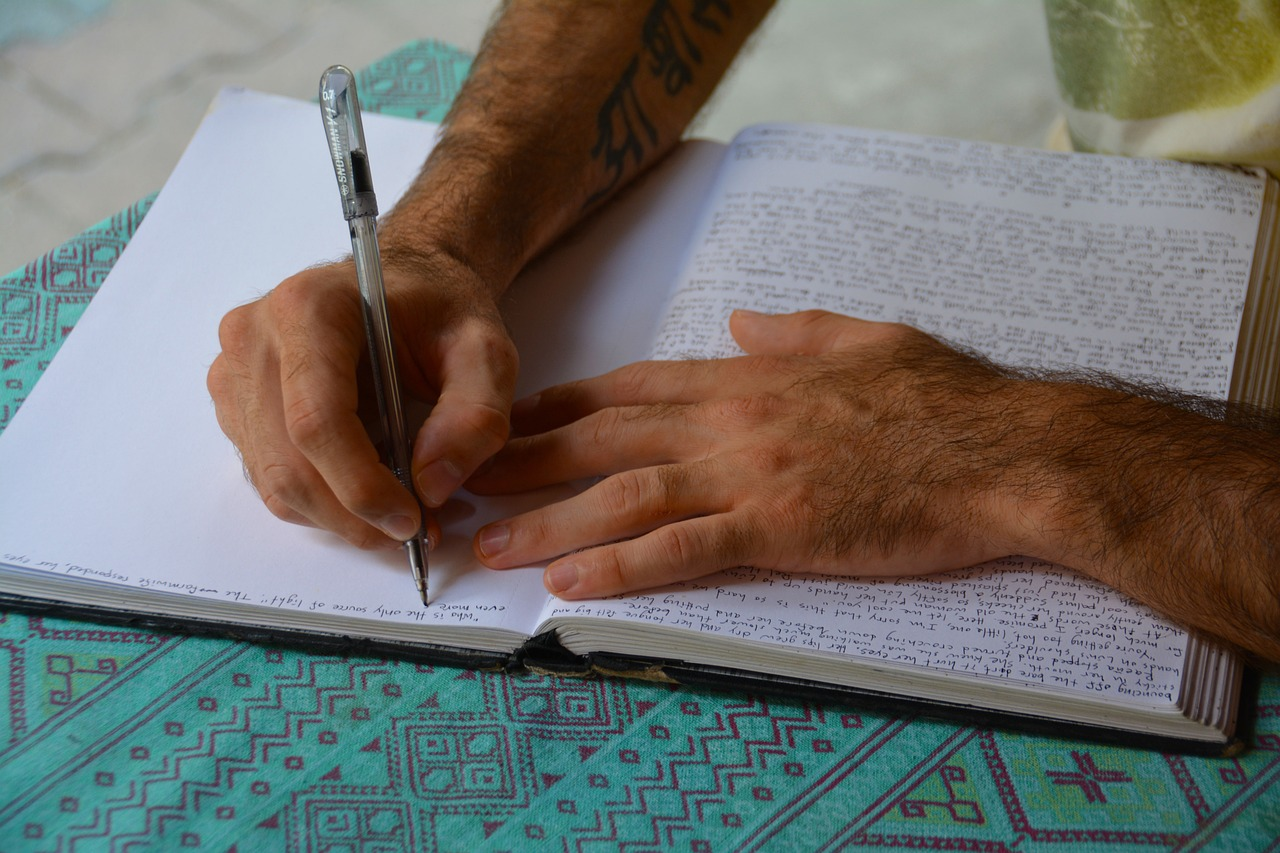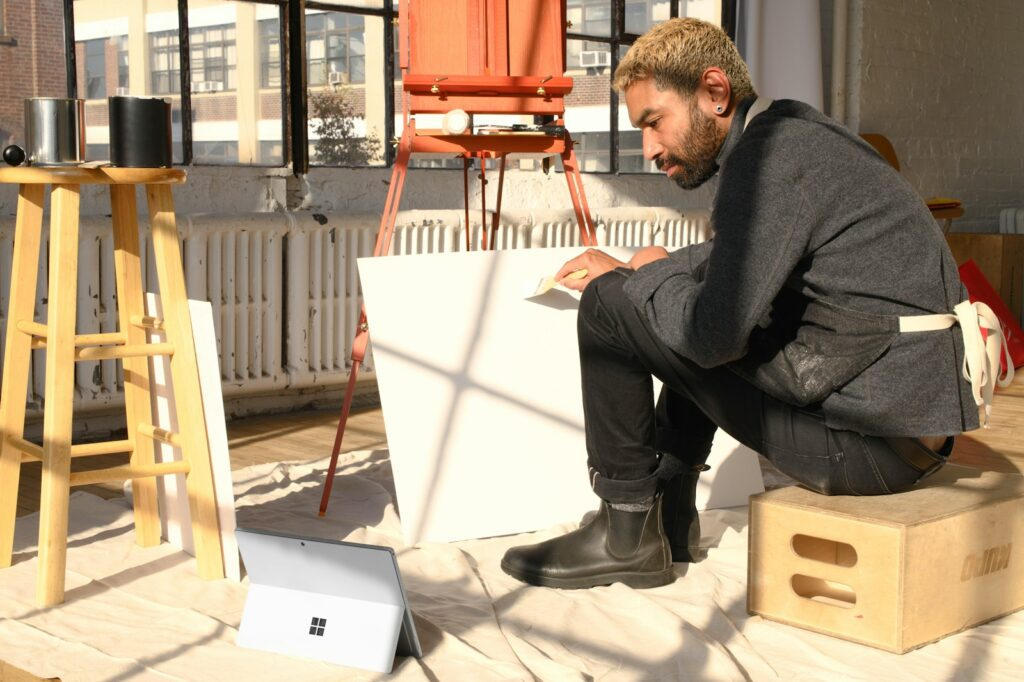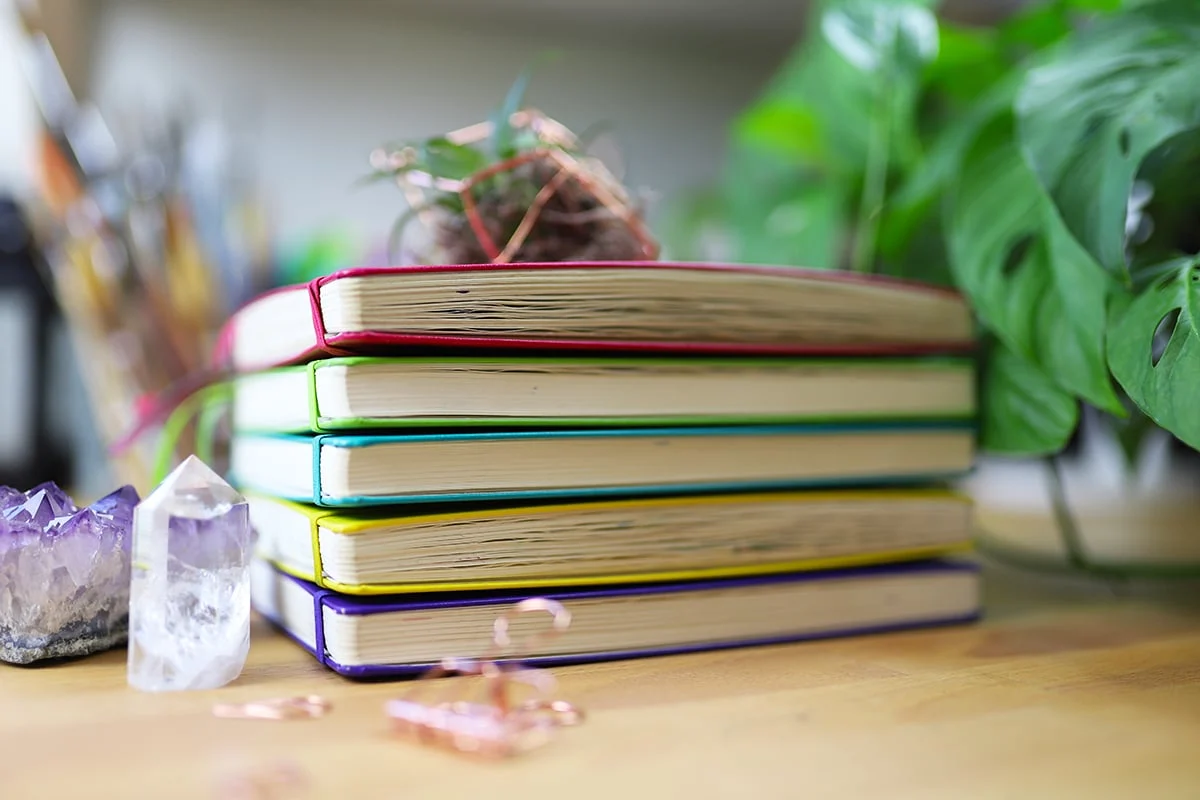Combining the insights of psychology, neuroscience, and creative expression, Mindfulness-Based Art Therapy (MBAT) has become a powerful tool for enhancing mental wellness. Unlike traditional therapy that leans heavily on verbal narrative, MBAT encourages participants to explore their inner world through art while remaining grounded in the present moment. This method allows emotions, thoughts, and sensory experiences to surface through color, texture, and movement—offering a language beyond words.
One of the core strengths of MBAT lies in its ability to regulate emotions and reduce stress. By focusing attention on the creative process rather than the outcome, individuals become more attuned to bodily sensations, thoughts, and feelings, learning to observe without judgment. Studies suggest participants report lower anxiety, improved mood, and enhanced self-compassion. Importantly, research combining biofeedback with artistic visualization shows that embedding visual art into physiological signals strengthens the calming effects compared to standard feedback visuals.
Practically, MBAT can be integrated into therapy or practiced independently. A typical session might begin with a short breathing or body-scan exercise, followed by open art creation—painting, collage, or drawing—while the practitioner softly guides mindful awareness of each sensory moment. Over time, regular engagement can deepen insight, improve emotional resilience, and foster creative confidence. As art meets mindfulness, practitioners and participants alike witness how intentional creativity becomes a bridge to inner calm and lasting growth.
